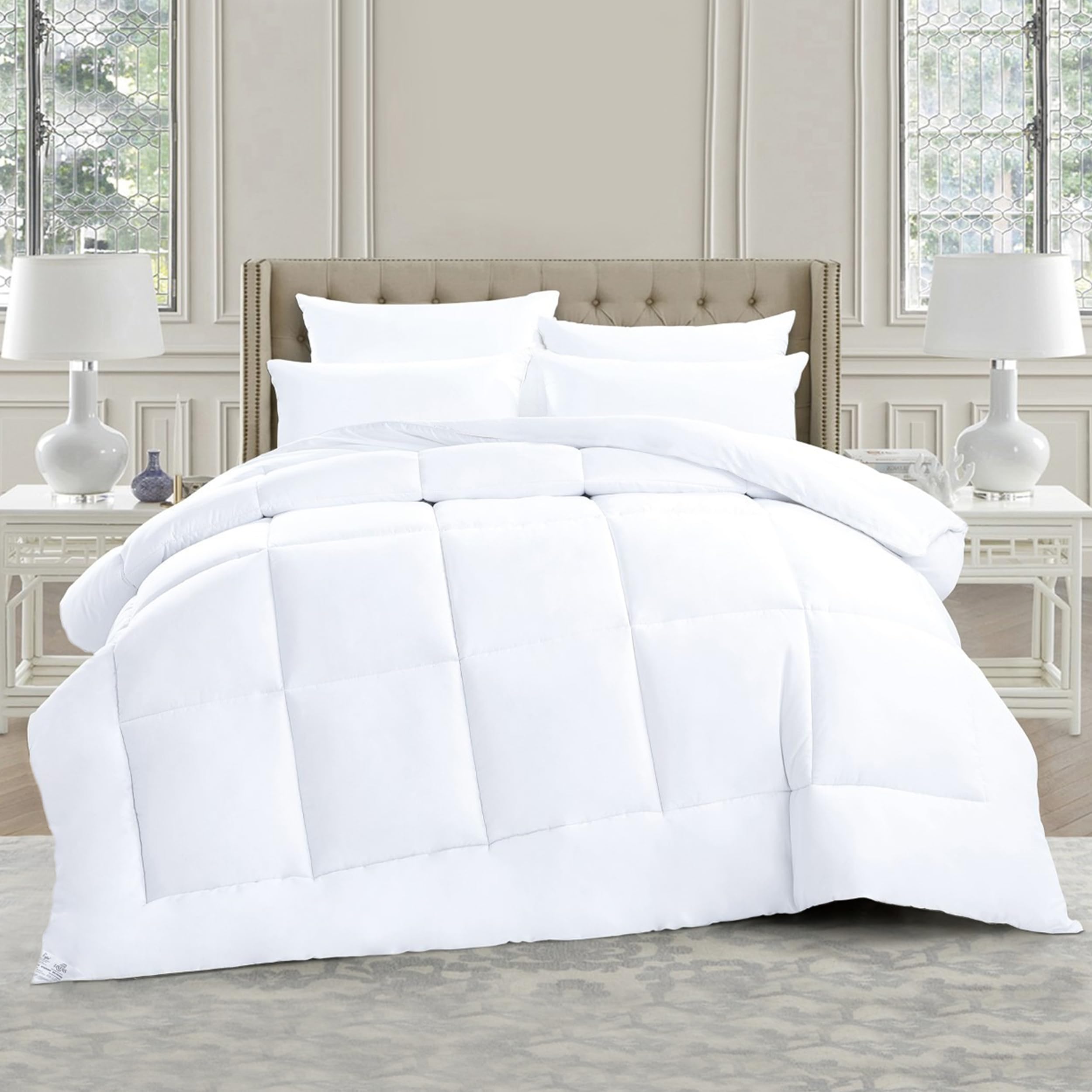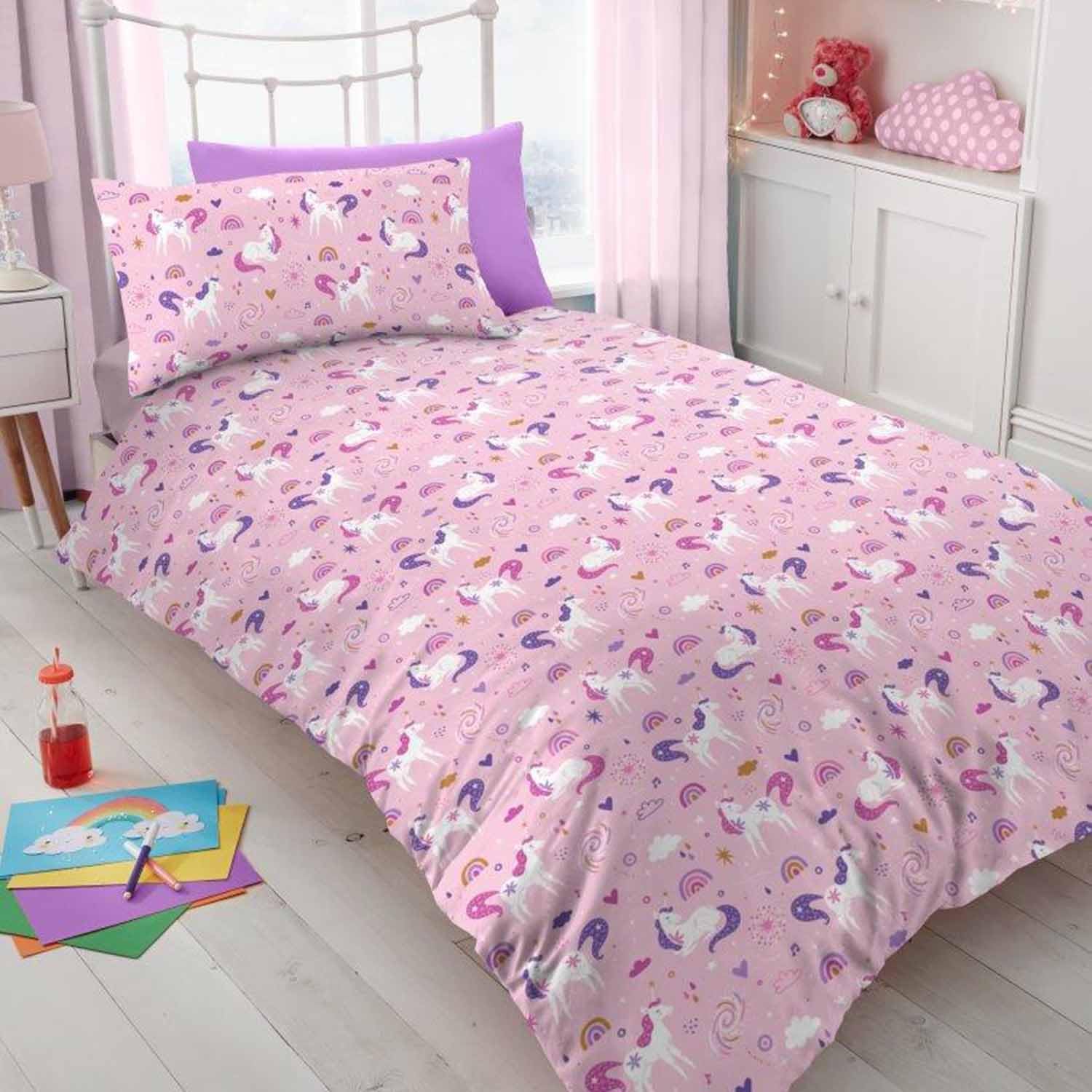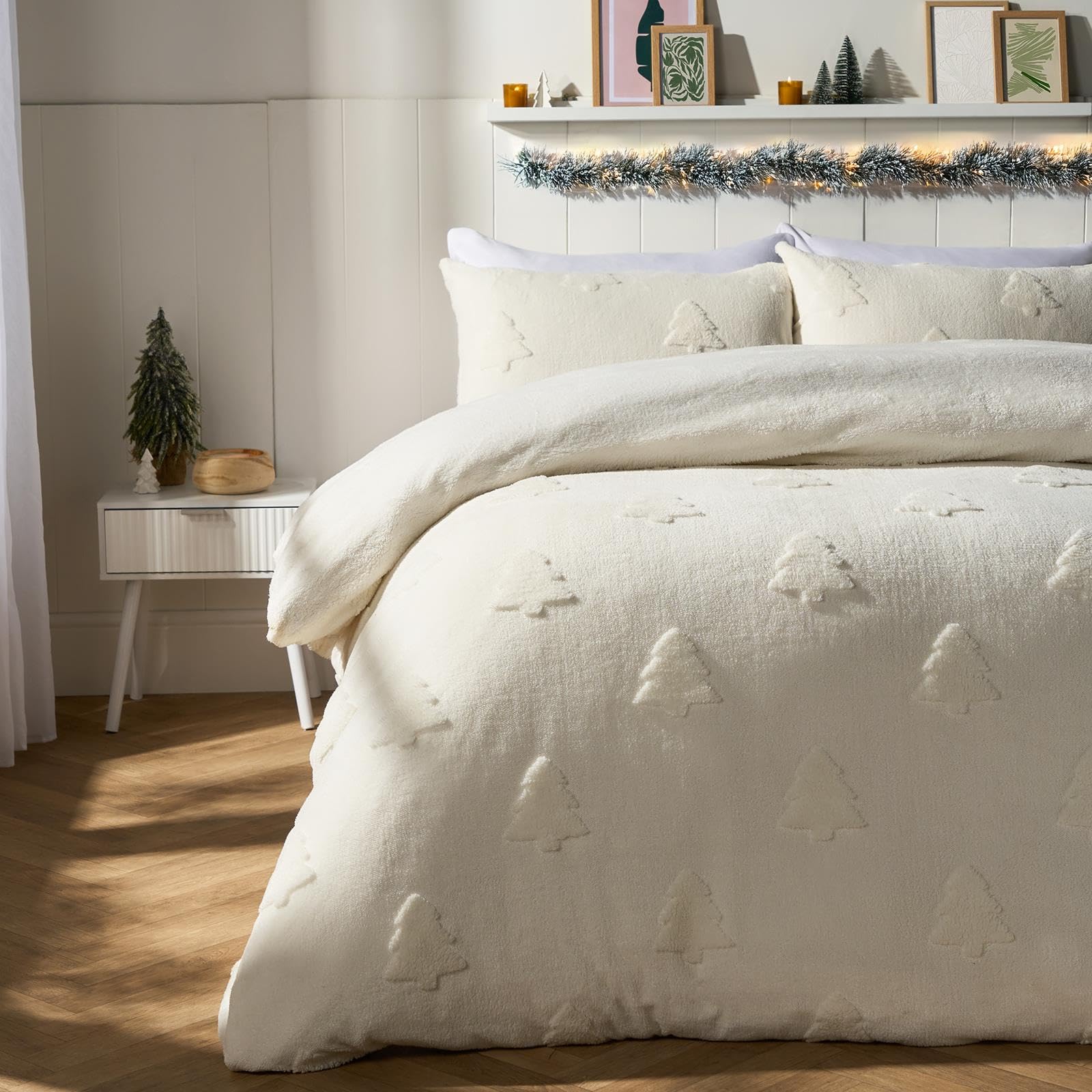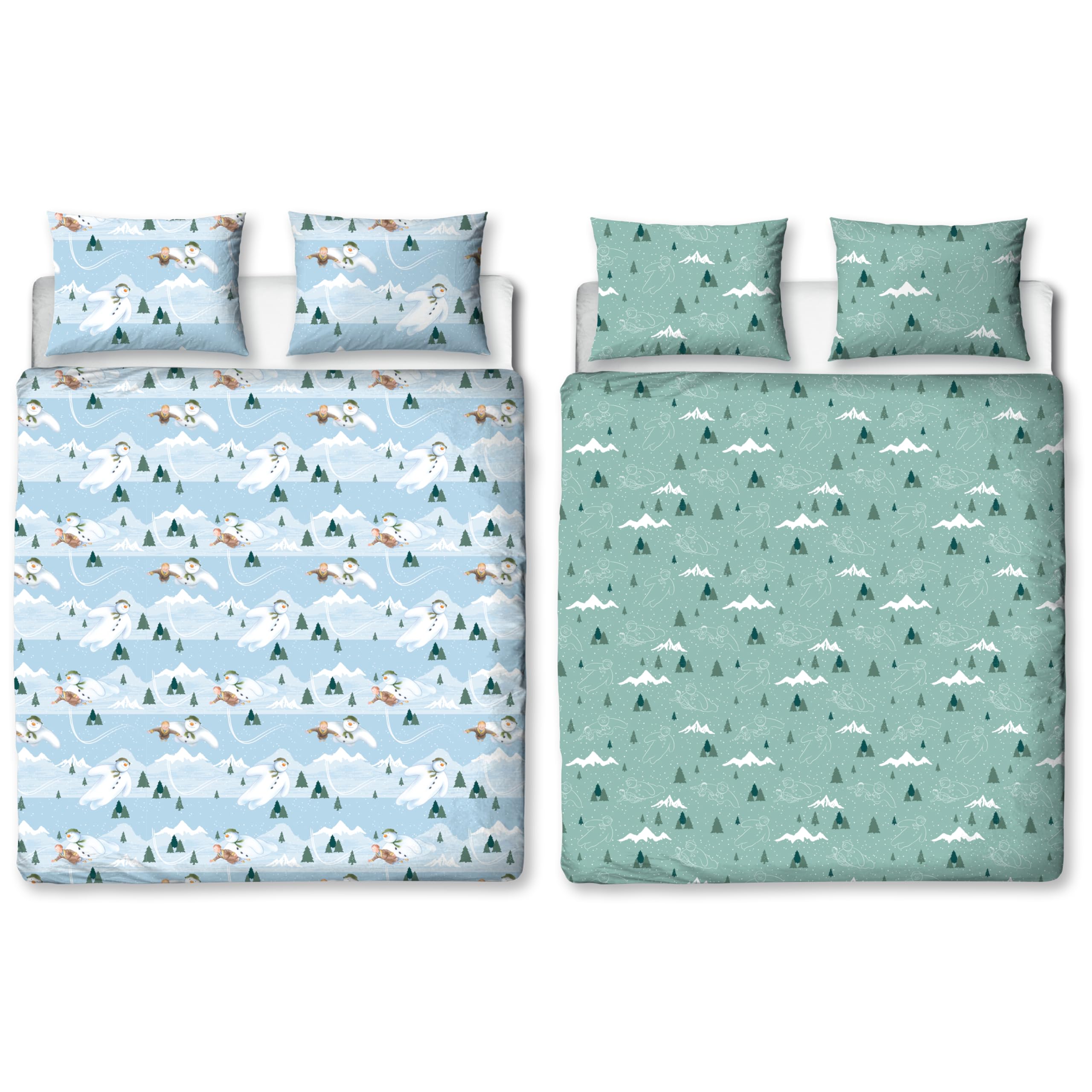Sharing a bed with a cat or dog is cosy until you find feathers poking out or hair woven into the cover. Pet friendly duvets and casings reduce snags, shed less fluff, and wash more easily so the bed stays clean. This UK guide explains which cover fabrics resist claws, how to contain down and feather, and how to set a simple cleaning routine that keeps bedding fresh in a home with pets.
Seasonal warmth usually comes from duvets that balance weight and airflow in UK bedrooms.
Cover fabrics that resist snags
Tightly woven cotton covers with a smooth finish resist claw catches better than loose, textured weaves. Look for down proof cotton or tightly woven microfibre with a soft hand. Avoid open weaves and heavy slubs that invite claws to catch. A smooth duvet cover in percale cotton also helps hair brush off more easily than brushed or heavy knit covers.
Down containment and durability
If you love down and feather, choose boxed construction with internal baffles and a strong, down proof cover. That construction keeps fill in place even if a pet kneads the same spot. If you are worried about punctures, a high quality synthetic microfibre duvet avoids escaping feathers and is easier to wash after muddy paws.
Size and overhang
Pets like to curl near feet or along the side. A slightly larger duvet for the bed size can add overhang that protects sheets from hair and gives you coverage when a pet steals a corner. Balance this with weight and laundry practicalities. Larger duvets are harder to wash at home. If you rely on a home machine, check what size it can handle comfortably.
Washing and hair control
Use duvet covers and wash them weekly if pets sleep on the bed. Shake covers outdoors before washing to remove hair. Use a lint brush or a tumble on air only for a few minutes to loosen fur before washing. Wash duvets a few times a year, more often if dirt transfers. For down and feather, use a laundrette to dry thoroughly. For synthetics, a home wash can work for single and some double sizes.
Odour management
Air the duvet on dry days and keep pets as clean as practical. Baking soda sprinkled lightly on a dry cover and left for fifteen minutes before washing can help lift odours. Always vacuum or shake off baking soda before putting covers in the machine. Do not use strong perfumes to mask smells, which can bother pets and sensitive sleepers.
Protectors and extra casings
A lightweight duvet protector that zips around the insert adds a barrier without changing warmth. Choose breathable fabrics so the bed does not run hot. Pillow protectors are also useful in pet homes, as animals often rest near your head while you read. These barriers make weekly laundry simple and extend the time between full duvet washes.
Durable covers and easy‑care inserts appear in pet‑friendly duvets. Many homes pair them with smooth percale sheets that release hair easily and a washable mattress protector.
FAQs
Are synthetic duvets better if pets sleep on the bed?
They are easier to wash and avoid feather leaks. If you prefer down, choose strong down proof casings and boxed construction.
How do I remove pet hair from bedding?
Shake outdoors, use a lint brush, and tumble on air for a few minutes before washing. Smooth fabrics release hair more easily.
Do I need a duvet protector?
It helps in pet homes. A breathable zip around casing keeps the insert cleaner and reduces how often you need full washes.





